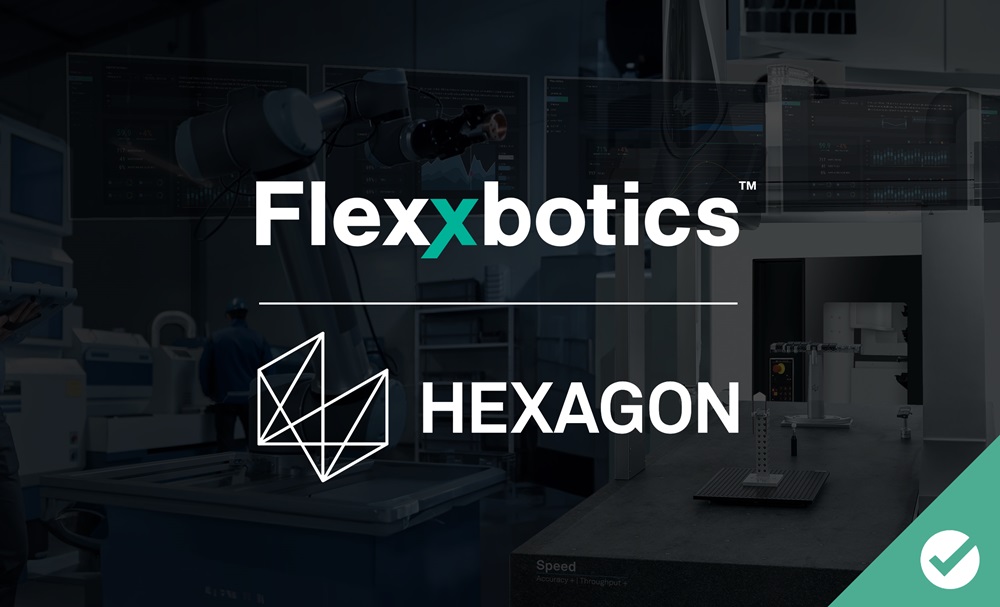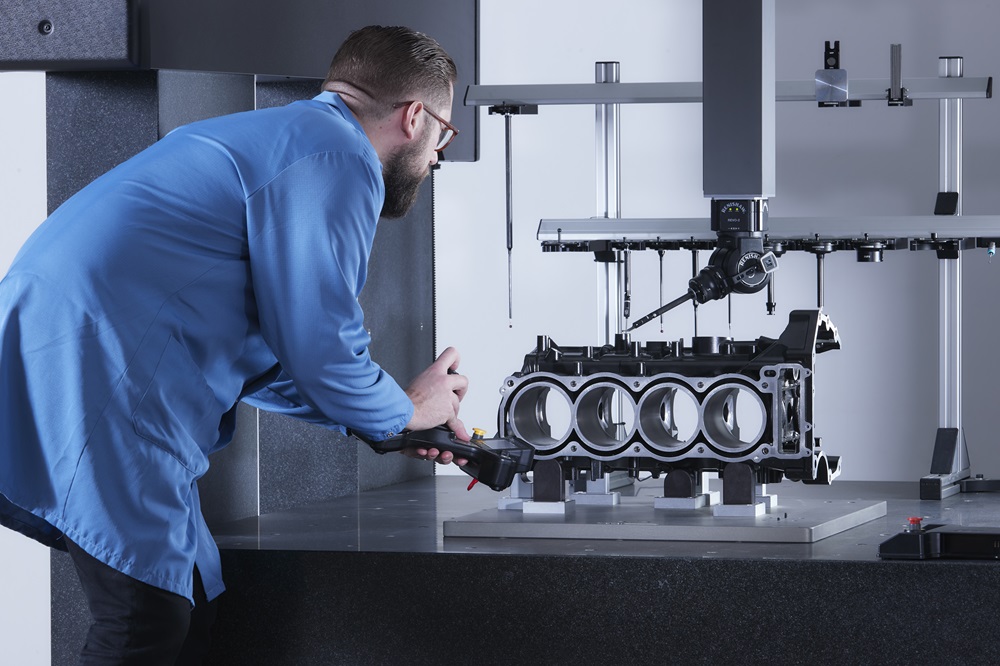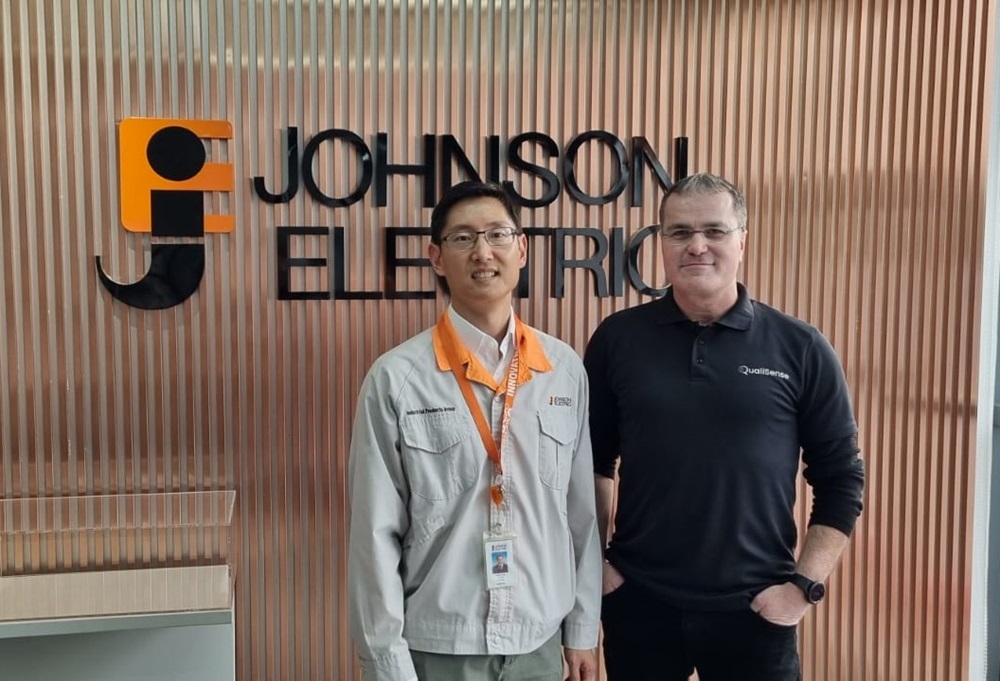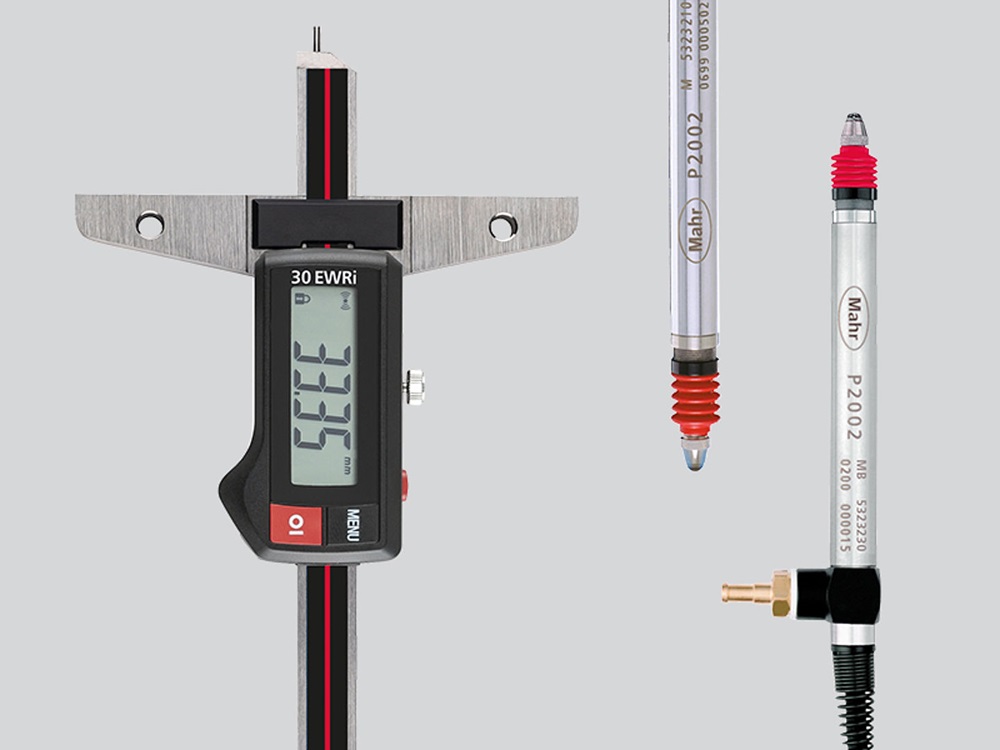Nikon IMBU is releasing AI Reconstruction, a 3D computed tomography (CT) reconstruction software solution powered by artificial intelligence (AI) that eliminates the traditional trade-off between scan speed and image quality. By applying deep learning (DL) techniques to enhance image quality, Nikon’s breakthrough technology enables rapid results and superior analysis. Traditionally, CT users had to pick between fast, lower quality scans or slow, higher quality scans. Quick scans promote the possibility of missing important details, whereas slow scans lead to the scanning of fewer items.
AI Reconstruction lifts these limits through AI enhancement tailored to individual customer needs by Nikon’s applications engineering team. The DL modelling underpinning AI Reconstruction is trained to distinguish relevant information from the scan artefacts to filter noise and improve clarity.
“Nikon’s latest breakthrough in AI-enhanced 3D reconstruction represents a fundamental change for industrial CT,” says Chris Price, product manager with Nikon for X-ray and CT systems. “By lifting the speed-quality trade-off, AI Reconstruction provides both rapid results and superior image clarity, unlocking a new level of scan flexibility for users. This technology leap helps testing and quality teams enhance throughput and precision like never before. The dramatically sharper image quality reveals tiny product flaws that previously required painstaking scans, while faster scan speeds let users reliably analyse many more units per day.”
Examples of where this technology will demonstrate a profound impact include the automotive, aerospace and manufacturing sectors, as well as the medical device industry. In these markets and others, meticulous quality control via precise metrology is essential for product safety.
AI Reconstruction complies with the European Union’s ‘Ethics Guidelines for Trustworthy Artificial Intelligence’.
For further information https://industry.nikon.com



















